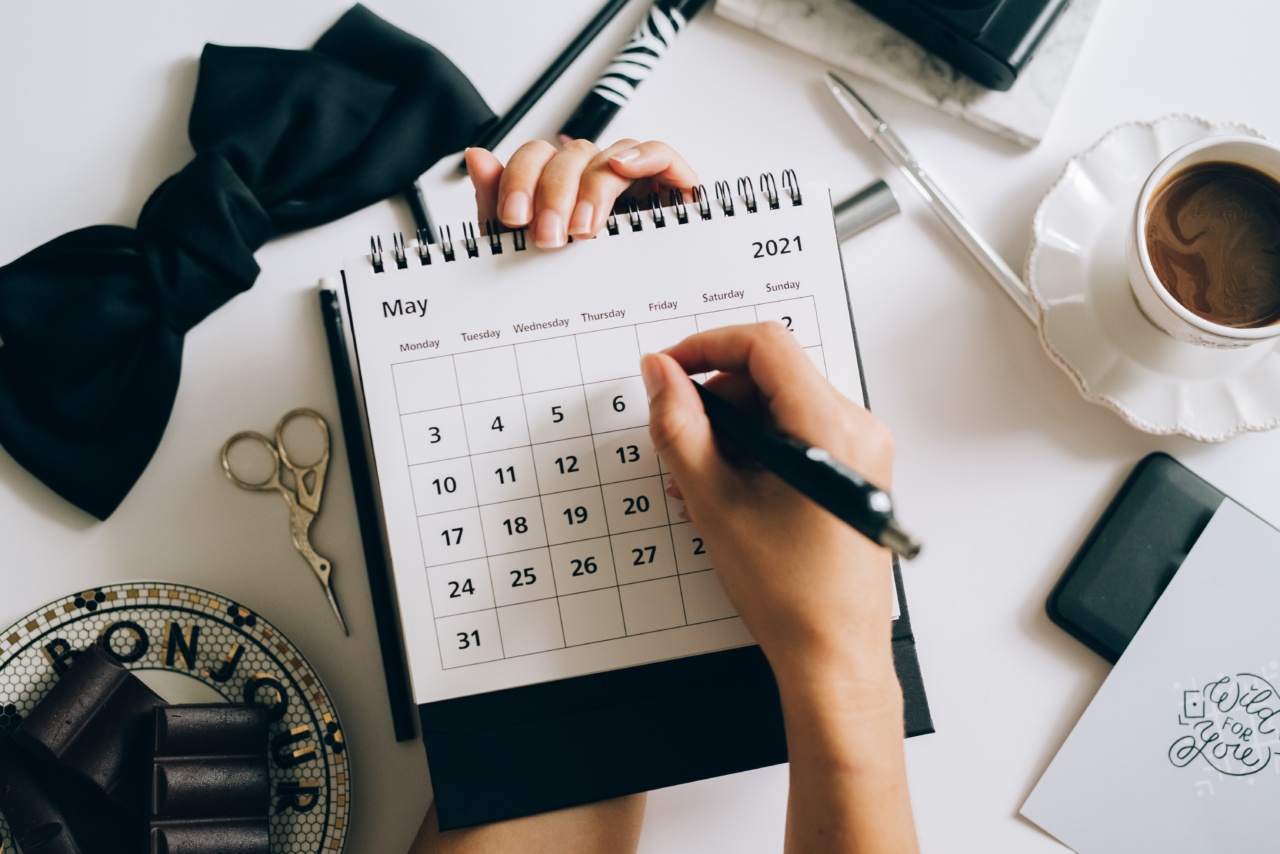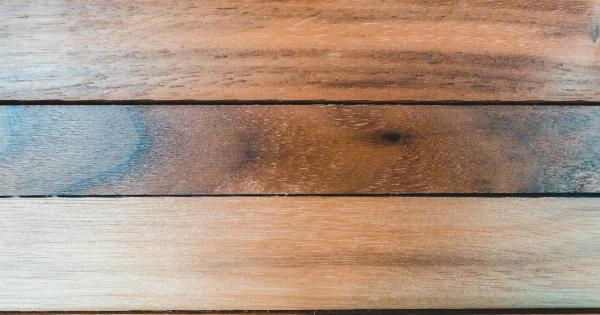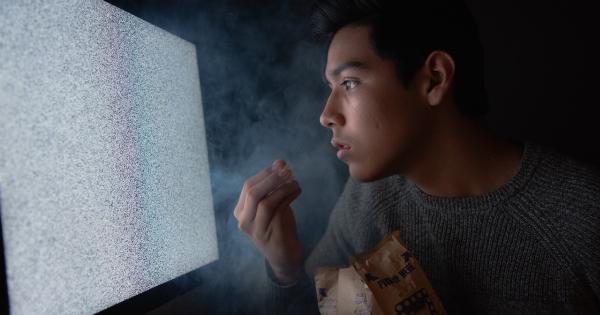Dandruff is a common scalp condition that affects millions of people worldwide. It is characterized by the presence of white or yellow flakes on the scalp and often accompanied by itching.
While dandruff is not a serious medical condition, it can be embarrassing and difficult to manage. Understanding the causes of dandruff is essential in finding effective ways to treat and prevent it.
What causes dandruff?
The exact cause of dandruff is not fully understood, but it is believed to be a combination of various factors. One possible cause of dandruff is an overgrowth of a fungus called Malassezia.
This fungus is naturally present on the scalp of most people, but in some individuals, it can multiply significantly, leading to dandruff. Another factor that contributes to dandruff is the secretion of excess oil (sebum) by the scalp. This excess oil can create a favorable environment for the growth of Malassezia.
The role of bacterial imbalances
Recent research suggests that bacterial imbalances on the scalp may also play a role in the development of dandruff. The scalp is home to various bacteria, some of which are beneficial and help maintain a healthy scalp environment.
However, when there is an imbalance in the bacterial population, certain harmful bacteria can thrive and disrupt the scalp’s natural equilibrium.
The importance of scalp microbiota
The scalp, like the rest of our skin, is colonized by a diverse array of microorganisms. This collection of microorganisms, known as the scalp microbiota, plays a crucial role in maintaining the health and balance of our skin.
The scalp microbiota acts as a protective barrier against harmful pathogens and plays a role in important biological processes, including the regulation of sebum production. Any disruptions in the scalp microbiota can contribute to various scalp conditions, including dandruff.
The link between bacterial imbalances and dandruff
Several studies have found a correlation between bacterial imbalances and dandruff.
One study published in the Journal of Investigative Dermatology examined the scalp microbiota of individuals with dandruff and found a higher abundance of certain bacteria, such as Staphylococcus and Propionibacterium, compared to individuals without dandruff. These bacteria are known to be associated with inflammation and scalp irritation.
Another study published in the British Journal of Dermatology found that individuals with dandruff had a higher concentration of the bacteria Staphylococcus epidermidis on their scalp.
This specific bacterium produces toxins that can trigger an inflammatory response in the scalp, leading to flaking and itching.
Treating dandruff by restoring microbial balance
Understanding the role of bacterial imbalances in dandruff has opened up new treatment possibilities.
Rather than solely focusing on antifungal agents, which have been the primary treatment for dandruff in the past, researchers are exploring ways to restore the microbial balance on the scalp.
One approach involves the use of prebiotics and probiotics that help promote the growth of beneficial bacteria while reducing the population of harmful bacteria.
Prebiotics act as food for beneficial bacteria, while probiotics introduce live bacteria to the scalp, restoring the balance of the scalp microbiota. Studies have shown promising results in reducing dandruff symptoms with the use of prebiotic and probiotic formulations.
Other strategies for managing dandruff
In addition to addressing the bacterial imbalances on the scalp, there are several other strategies that can help manage dandruff:.
1. Regular cleansing
Keeping the scalp clean is crucial in preventing dandruff. Regularly washing the hair with a mild shampoo can help remove excess oil and dead skin cells, reducing the buildup of flakes on the scalp.
2. Anti-dandruff shampoos
There are several over-the-counter anti-dandruff shampoos available that contain ingredients like zinc pyrithione, ketoconazole, or selenium sulfide. These ingredients help control the growth of the fungus Malassezia and reduce dandruff symptoms.
It is important to follow the instructions on the shampoo bottle and use it consistently for best results.
3. Natural remedies
Some natural remedies may provide relief from dandruff symptoms. Ingredients like tea tree oil, apple cider vinegar, and aloe vera have antimicrobial and anti-inflammatory properties that can help reduce itching and flaking.
However, it is essential to consult a dermatologist before trying any natural remedies, as they may not be suitable for everyone.
4. Stress management
Stress can worsen dandruff symptoms, so finding ways to manage stress is important in reducing flare-ups. Engaging in relaxation techniques, exercise, and maintaining a healthy lifestyle can help minimize stress levels and improve overall scalp health.
5. Avoiding irritants
Certain hair care products and styling techniques can irritate the scalp and worsen dandruff symptoms. Avoiding harsh chemicals, heat styling tools, and tight hairstyles can help prevent scalp irritation and minimize dandruff flare-ups.
The future of dandruff treatment
As researchers continue to delve deeper into the relationship between bacterial imbalances and dandruff, new treatment options may emerge.
Targeted therapies that specifically modulate the scalp microbiota to restore balance without disrupting its overall diversity are being explored. These therapies can offer long-term relief for individuals suffering from dandruff.
In conclusion, dandruff is a common scalp condition that may be caused by bacterial imbalances in addition to fungal overgrowth and excess oil production.
Understanding the role of the scalp microbiota and its delicate balance is crucial in finding effective treatments for dandruff. By addressing bacterial imbalances, utilizing prebiotics and probiotics, practicing regular cleansing, and adopting other strategies, individuals can manage dandruff and achieve a healthier scalp.


























